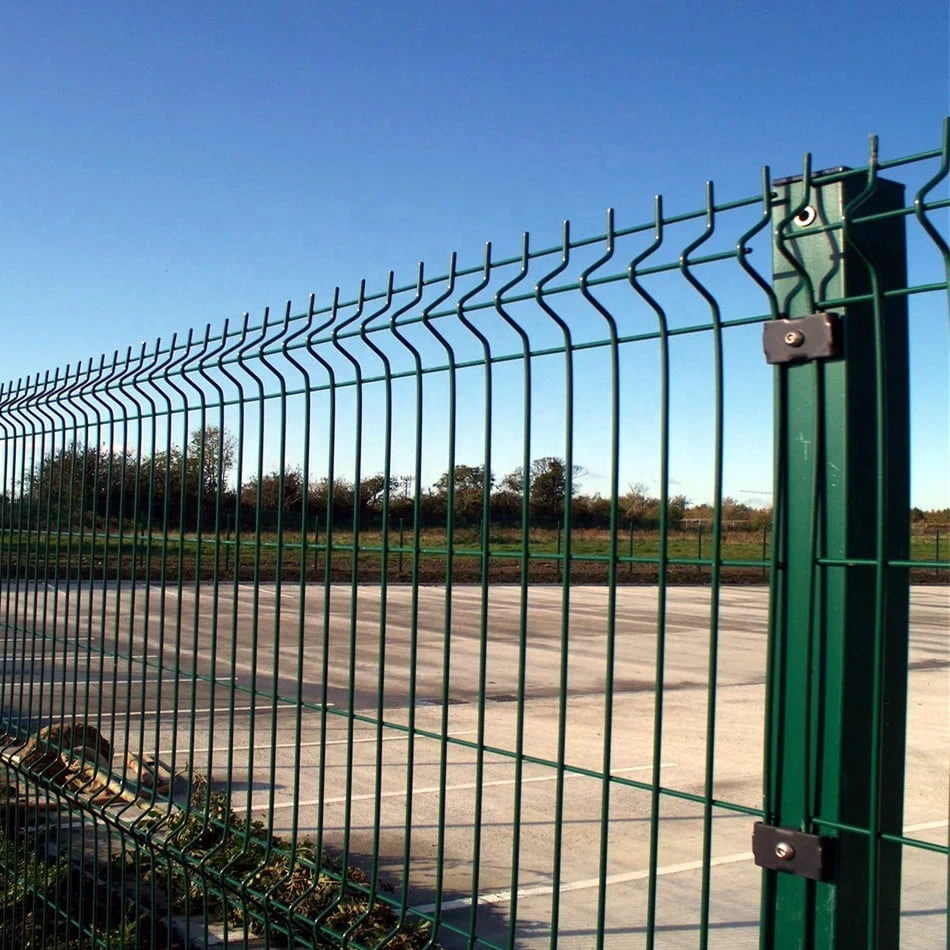nails for wood flooring
The Importance of Choosing the Right Nails for Wood Flooring
When it comes to installing wood flooring, selecting the appropriate nails is crucial for ensuring a stable, durable, and aesthetically pleasing result. Properly chosen nails not only hold the floor boards securely in place but also contribute to the long-term performance and appearance of the floor. Below, we will explore the types of nails suitable for wood flooring, their specifications, and the considerations one should take into account during installation.
Types of Nails
1. Cleat Nails Cleat nails are a popular choice for tongue-and-groove wood flooring installation. They offer excellent holding power and feature a unique design consisting of a slight cleat or barbs on the shank. This design allows them to grip the wood firmly. Cleat nails are typically used with a nail gun, which speeds up the installation process significantly.
2. Finish Nails These nails are thinner and have a smaller head compared to cleat nails. Finish nails are ideal for securing trim or molding after the flooring has been installed. However, they are less suitable for the actual flooring installation itself due to their lower holding power.
3. Brad Nails Similar to finish nails but even thinner, brad nails are useful for light-duty applications. While they can provide a neat finish for trim, they are not recommended for the structural installation of wood flooring as they may not provide the necessary hold.
4. Screws Though not traditionally classified as nails, using screws is another method for fastening wood flooring. Screws provide superior holding power and can be beneficial in situations where extra support is required, such as when installing hardwood in high-traffic areas. However, they may be more time-consuming to install compared to using a nail gun with cleats or staples.
Specifications to Consider
When choosing nails for wood flooring, several specifications should be taken into account
nails for wood flooring

- Length The length of the nails you choose is critical. For standard ¾-inch hardwood flooring, nails between 1.5 to 2 inches in length are typically recommended to ensure they penetrate deep enough into the subfloor for a secure hold.
- Finish The finish of the nails can also affect both aesthetics and performance. Galvanized or stainless steel nails are less likely to rust and are preferred for their longevity, especially in humid environments.
- Diameter A thicker nail can provide better holding power, but it's crucial to avoid overly thick nails that may split the wood. The right balance must be struck to ensure the nails secure the floor without damaging the materials.
Installation Considerations
Proper installation techniques play an essential role in the effectiveness of the nails. Using a pneumatic nail gun can improve efficiency and precision, reducing the risk of damaging the flooring. It’s also important to maintain a consistent nailing pattern, usually about every 8 to 10 inches along the boards, to provide even support and reduce the risk of gaps or movement over time.
In addition, care should be taken to place nails at an angle to enhance holding power and to avoid directly nailing into the tongue of the boards, which can lead to splitting.
Conclusion
In summary, selecting the right nails for wood flooring is vital for achieving long-lasting results. Whether you opt for cleat nails, finish nails, brads, or screws, understanding their specifications and proper installation techniques will go a long way in ensuring a stable and beautiful wood floor. With the right materials and methods, you can enjoy a stunning finish that enhances your home's aesthetic appeal while adding value.
-
Space-Saving Chain Fence Hacks Vertical Gardening with Cyclone MeshNewsJul.16,2025
-
Innovations in Iron Nail Wire Production for Modern ConstructionNewsJul.16,2025
-
Creative Uses of Wire Netting Fence in Modern Landscape DesignNewsJul.16,2025
-
Barbed Wire Fence Innovations in Anti-Climb TechnologyNewsJul.16,2025
-
Architectural Uses of Umbrella Nails for Aesthetic Roof DesignsNewsJul.16,2025
-
Architectural Uses of Razor Barbed Wire in Secure Urban DesignNewsJul.16,2025




